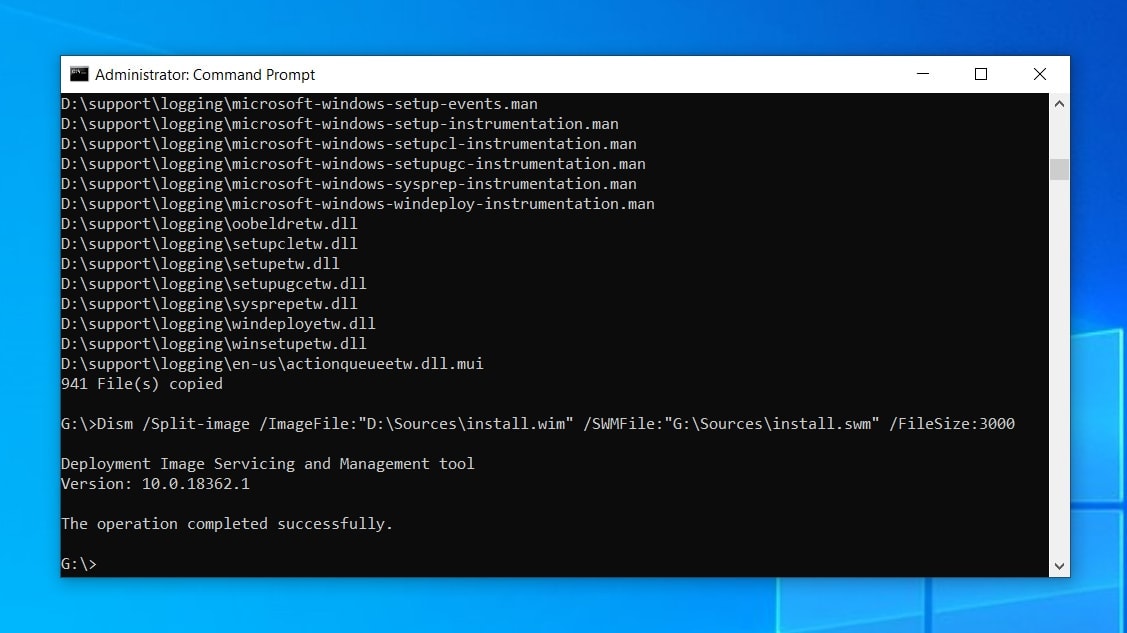

Once you've confirmed your language, you'll get two download links, one for the 64-bit edition, and the other one for the 32-bit edition. Pick the one you want and hit the Confirm button. Once you've confirmed your edition, you'll get another drop-down that lets you pick a language. Select your desired edition from that drop-down and hit Confirm.Īt this time, Windows 10 (multi-edition ISO) was the only one available. If you visit the same link from a non-Windows device, such as a Mac or a Linux device or any smartphone, you'll land on the official ISO download page: If you visit the link using a Windows device, you'll be redirected to the Windows Media Creation Tool like this: You can download Windows 10 directly from Microsoft for free using this link. That's right - everything we're going to do here is 100% legal and sanctioned by Microsoft. You can download the ISO file straight from Microsoft. In this tutorial we'll show you how you can set this up from a Mac. Luckily, Microsoft makes a tool that you can use to install Windows from a USB storage drive (or "thumbdrive" as they are often called).īut what if you don't have a second PC for setting up that USB storage drive in the first place? So it can be a pain to install Windows on a new computer. Click “Browse” to locate your Windows ISO file and then click “Next.Most new PCs don't come with DVD drives anymore. Run the tool and give it permission to make changes to your PC. Once you’ve got the tool installed, creating your USB installation drive is a pretty straightforward process. The tool works just fine for Windows 7, 8, and even 10. The description on that page, on the actual download page, and on the tool itself talk a lot about Windows 7 and even XP. With your ISO file saved to your computer, your next step is to download and install the Windows USB/DVD Download Tool.

RELATED: How to Create a Windows ISO from a Disc Using ImgBurn Step Two: Create Your Installation USB Drive with the Windows USB/DVD Download Tool Be sure to copy anything you want off of it, because this process will erase it. Once you have both your ISO and flash drive in hand, you’re ready to continue. You’ll also need a minimum of a 4GB flash drive to create your installer. If you don’t have Windows installation DVD, you can download ISO files for Windows 10, 8, or 7 directly from Microsoft.

If you already have an installation DVD, you can use it to create an ISO file using ImgBurn, a handy little free utility that’s been around forever. Step One: Create or Download an ISO for the Windows Installation Mediaīefore you can create your USB installation drive, you’ll need to have your Windows installation media available as an ISO file.


 0 kommentar(er)
0 kommentar(er)
